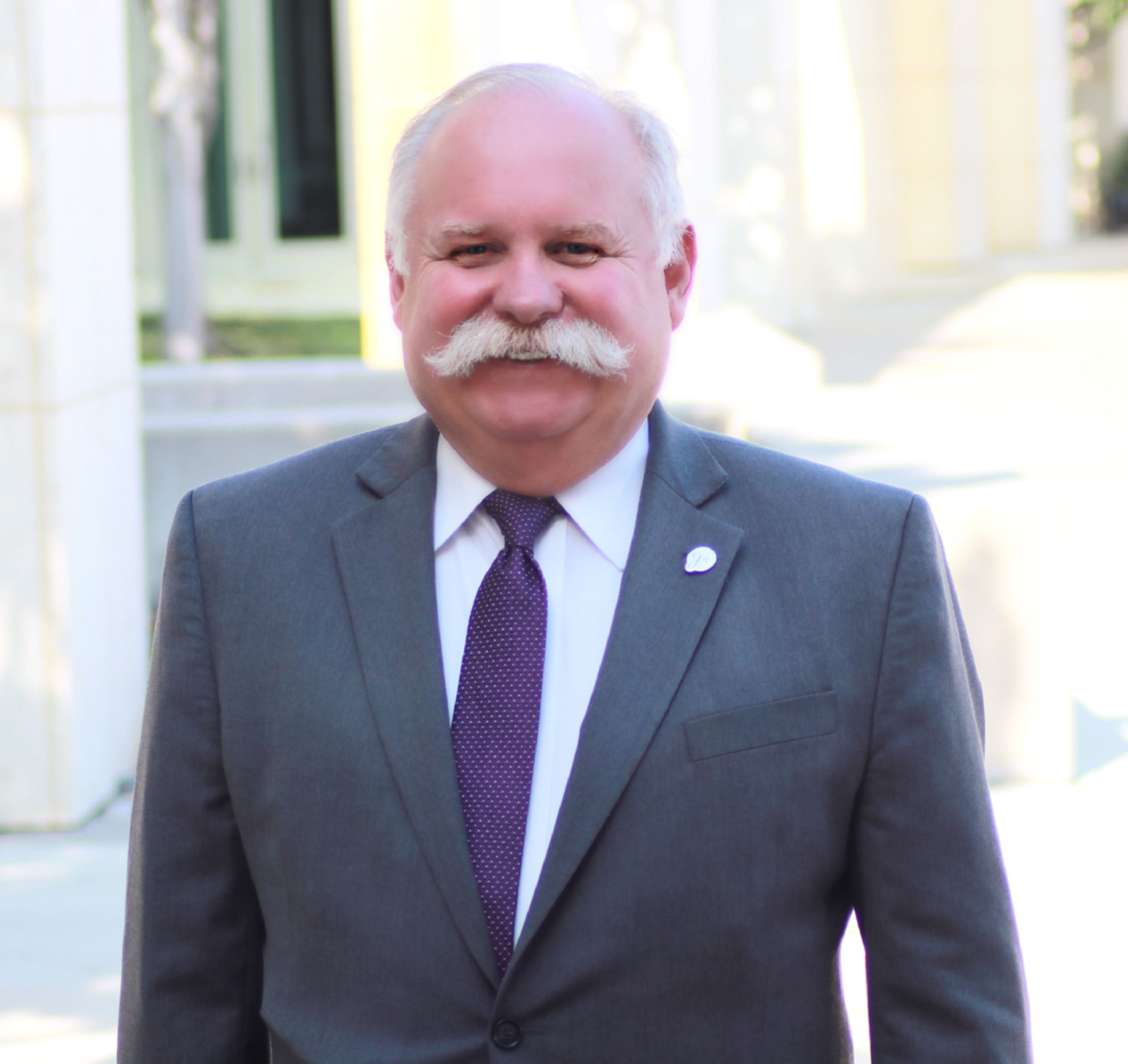
As the community association industry ages so do the associations that we manage. While I write this blog, your community association is changing and evolving into something entirely different than it might have been created by the developer to be. Whether you are a manager, board member or resident, we all need to think about the age and health of our communities. For those of us that have been in the industry for many years, we have seen associations grow and thrive under good sound management. Alternatively,the opposite can happen as communities get older as some fall into various stages of disrepair and suffer from a lack of direction as a community. For this series of blogs, I am going to tackle some specific aging scenarios that can help to initiate thinking strategically about the communities you live in. My initial advice is we should always take the time required in addressing issues related to the age and original design of our communities.
As I think back on the communities that I have served over the years, I have always thought of the overall health of the communities much like we would consider our personal health. If we do not take care of ourselves, we will not function properly. Similarly, a community will not work properly, if the community is not adequately maintained.
Years ago when I was a new on-site manager, I managed a large-scale community that was already over twenty years old. The community was created to appeal to retirement or near retirement age people who wanted to live in the country. There were all of the outdoor amenities that one would expect in a retirement community such as a golf course, equestrian center, hiking, camping, and fishing. At twenty years of age, the community had already started aging in the road infrastructure, and the demographics had changed out of necessity into a family community. Because of this shift in demographics, the community now needed amenities and services geared towards families with children. The repair of the roads was through traditional funding and planning methods, and the plan was put into motion relatively quickly to get that project underway. Unfortunately when it came to the amenities geared towards children, the developer had only included one small baseball field for children’s use. It was evident that we needed to establish a strategic plan to meet the needs of children within the community and do it as quickly as possible. Fortunately for us, there were a couple of schools in the area who helped fill the void somewhat, but we knew we still needed somewhere for the children of the community to use for sports and recreation. While the community did have some other grass areas that were available in the community, the design of those areas was not conducive to children’s sports activities and therefore their use was not sustainable. At that moment we were woefully unprepared and had not kept up with the needs of the community. However, we adopted the philosophy that it was not too late to get started.
As an association, we responded to the problem with the creation of committees that were interested in developing the facilities and services for the children of the community. We created equestrian clubs with kids in mind, and the golf community responded as well and established children’s golf activities in the summer. Even after those programs were developed it was clear that there was still need to build an area to specifically used for multi-purpose outdoor organized sports. We knew we needed to have a sports complex with baseball fields, soccer fields, and junior football fields.
As you can imagine, there were many in the community that wanted the addition of a sports complex, while there were others that were less than enthused about the capital costs and the ongoing maintenance to add this amenity. The association pressed on and plans were developed with the guidance of a committee and presented in several meetings to the association membership. The project included four baseball fields, six soccer and football fields. We were able to construct the children’s amenities that were so desperately needed in a vacant area we found in the association. The community as a whole approved of the project, and some of the local business donated time, equipment, materials and labor to the endeavor to make it a reality. It took two years from concept to creation, but it was time well spent. The complex is now well known through the community and had been used by thousands of children over the years since the group worked together for its creation.
The lessons we learned from this project were numerous and here are a few:
- A community is always evolving, and the needs of the residents periodically need to be gauged. Community evolution can usually be identified with a survey asking the right questions to understand your demographics and needs.
- Strategic planning is something that cannot be stressed enough. Without a plan, the association is functioning in a void. A plan can be modified at any point to add additional issues or solutions like the sports complex above.
- Always keep in mind that an adequately funded reserve is essential for the ongoing health of the community. Use a professional Reserve Study company to help you establish the funding necessary for the assets of the community.
- Use a committee to help with the heavy lifting on large projects like a sports complex. It not only helps get the job done but also builds support. A community working towards a common goal is a beautiful thing to see.
In summary, what I learned from this experience was never to underestimate the power of the community’s ability to assist with projects. When a community collectively steps in and helps create a project like this it can be one of the most rewarding experiences you can have in association life. Whether you are a board member, resident or management staff member significant accomplishments that improve the association can be enjoyed and celebrated together.
An aging onsite managed community is sometimes a diamond in the rough and can get better with age and a little polishing. Look at where the association is and project for the future. By doing so, you create a bright long-term future for the association and those who come after you. There are too many associations that have not considered their future and should start planning for their aging community now. It is never too late.
Management companies can provide the on-site management staff with the support they need to accomplish these tasks and also provide them with additional expertise. For instance, at GrandManors, we have numerous staff members that have been in the community management industry more than 20 years and have observed aging associations through the good and the bad. These expert team members are effectively able to assist aging communities to understand hat it takes to make the community thrive again and assist with expediting the process. At the end of the day, when we all work together for the common good of the association, the sky is the limit.

